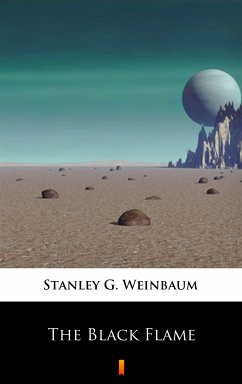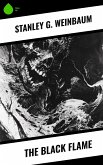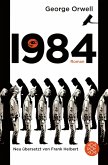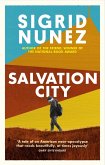When "The Black Flame" was first published in 1939, Stanley G. Weinbaum had already been dead for three years. This novel contains of two short novels: "Dawn of Flame" and "The Black Flame". Both are very similar stories, the reason for that is that Weinbaum had not released the first one and reworked it into the longer second part. The story itself is a weird SciFi love story set in a very distant future. Mankind had nearly become extinct, but recovers to a good number by the help of scientists who also discover the secret of stopping people from aging and dieing.
Dieser Download kann aus rechtlichen Gründen nur mit Rechnungsadresse in A, B, BG, CY, CZ, D, DK, EW, E, FIN, F, GR, HR, H, IRL, I, LT, L, LR, M, NL, PL, P, R, S, SLO, SK ausgeliefert werden.









